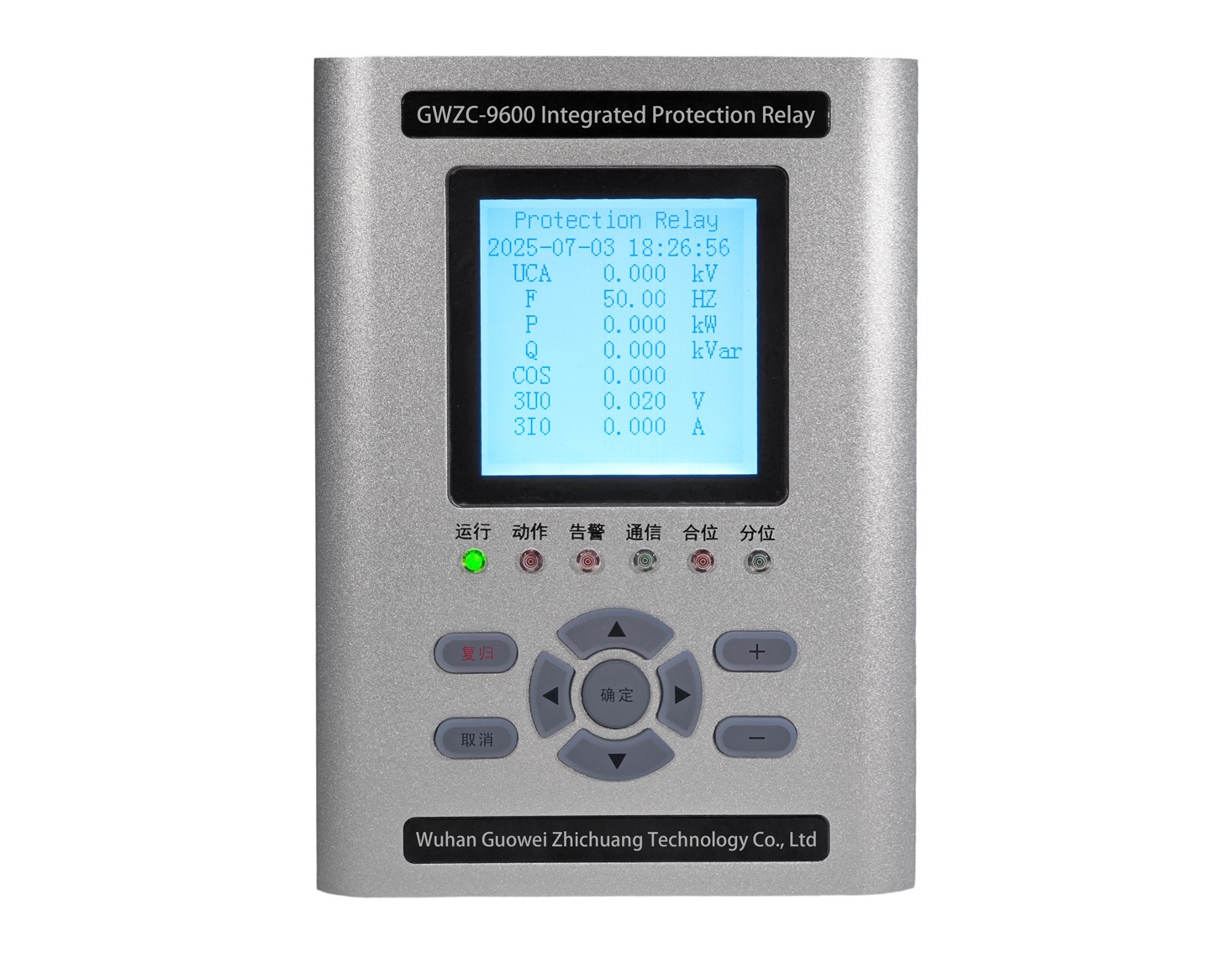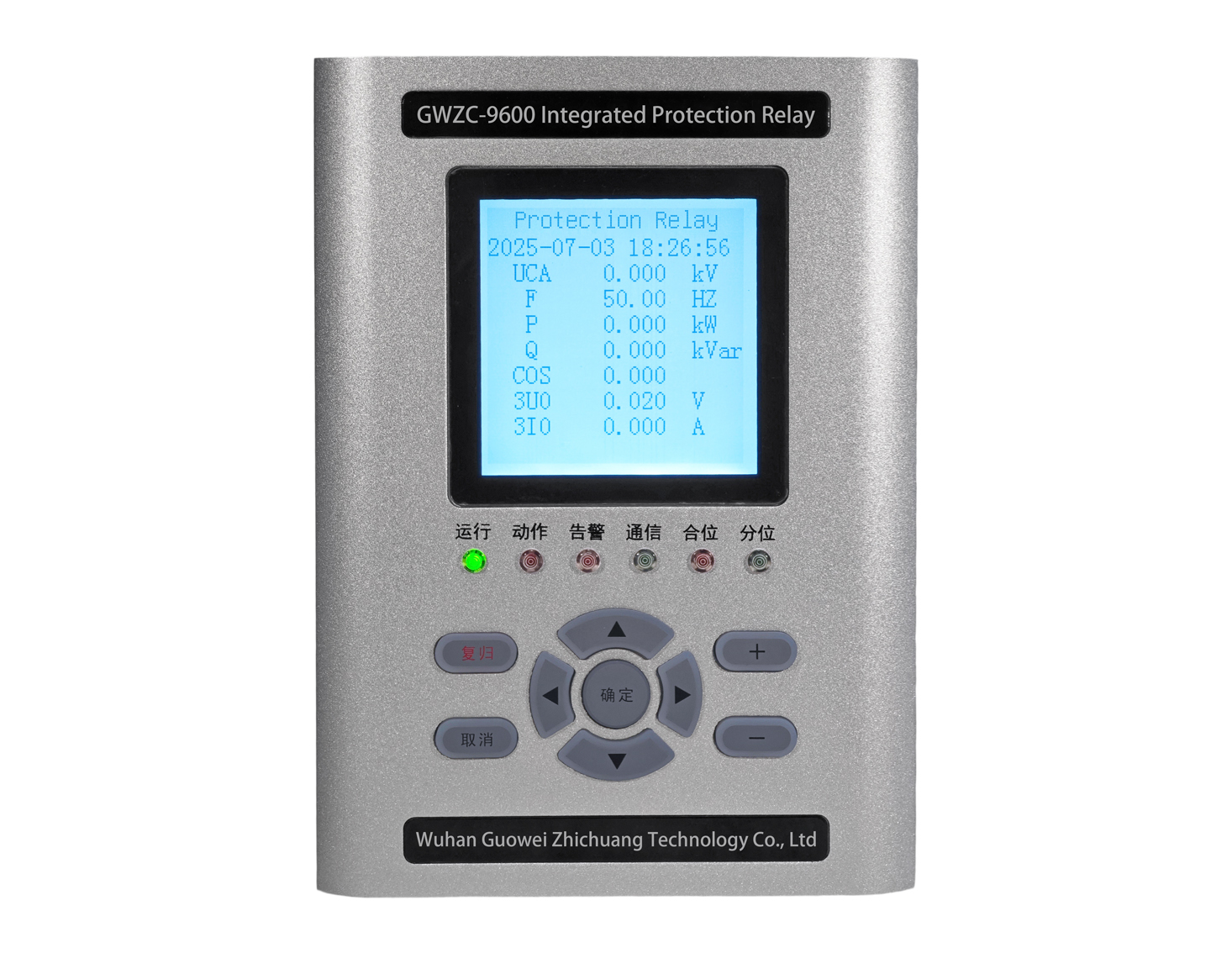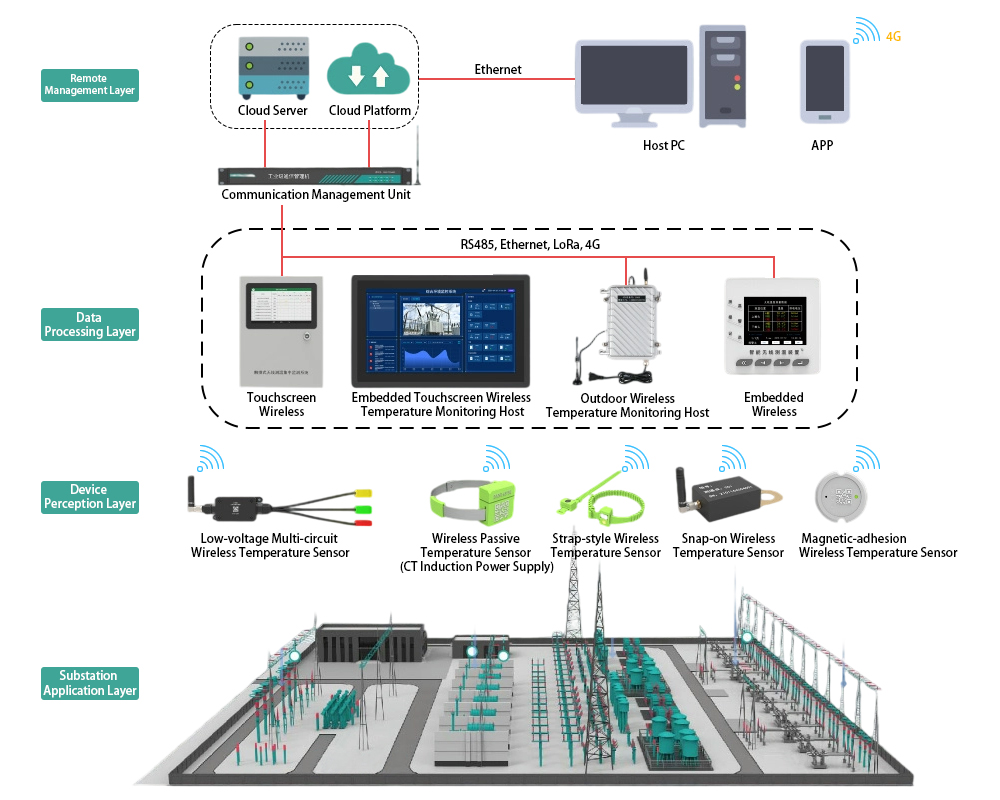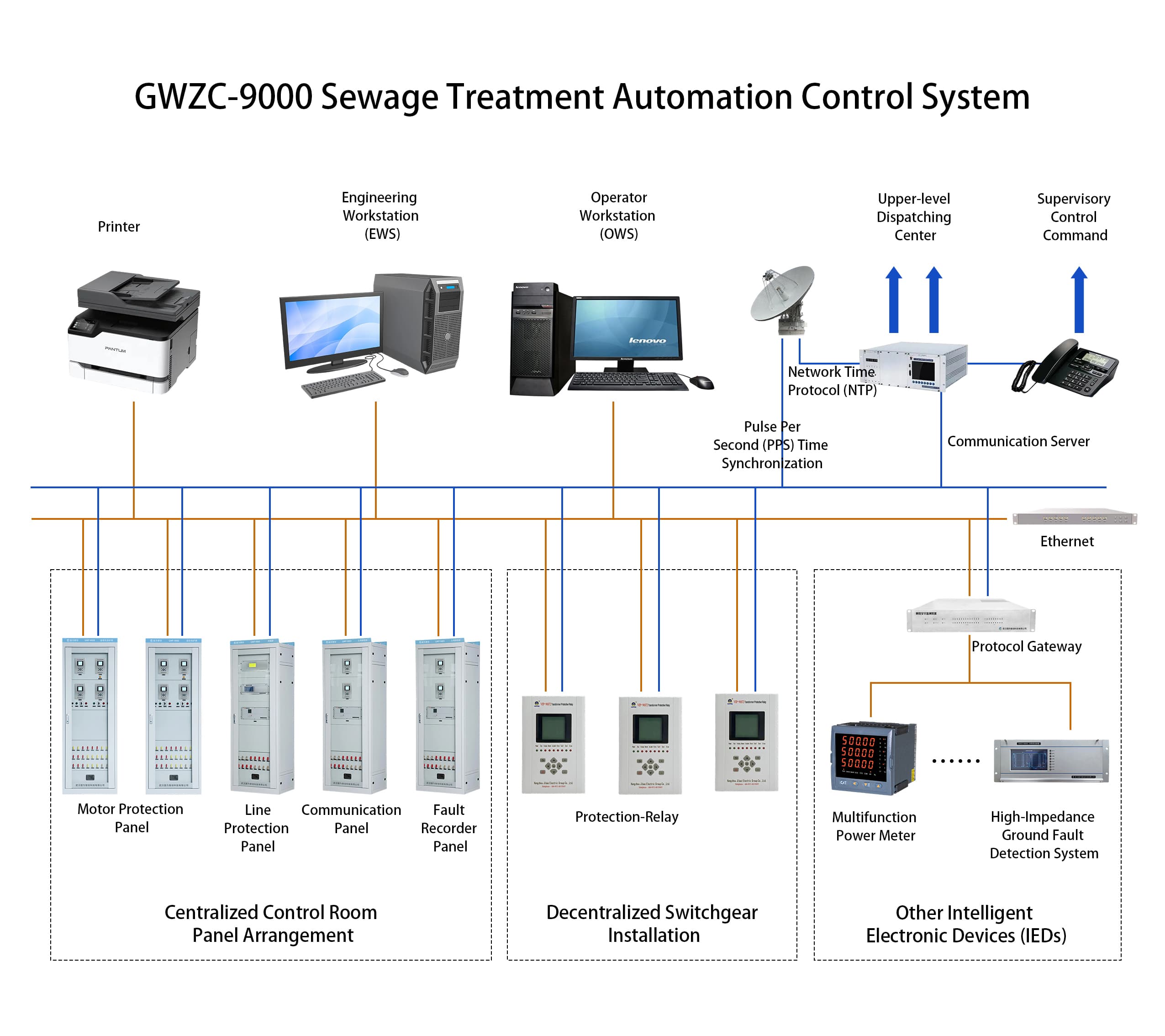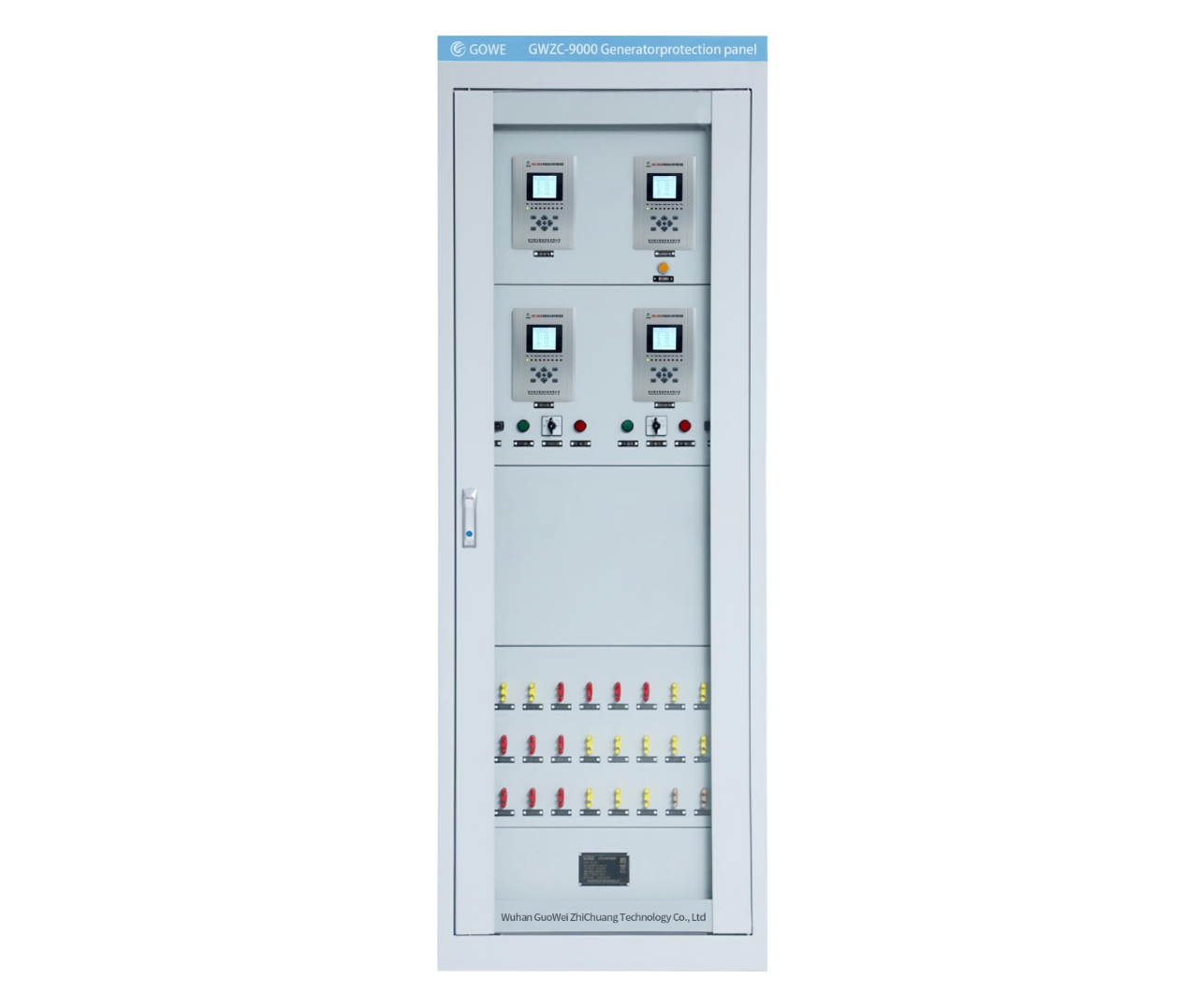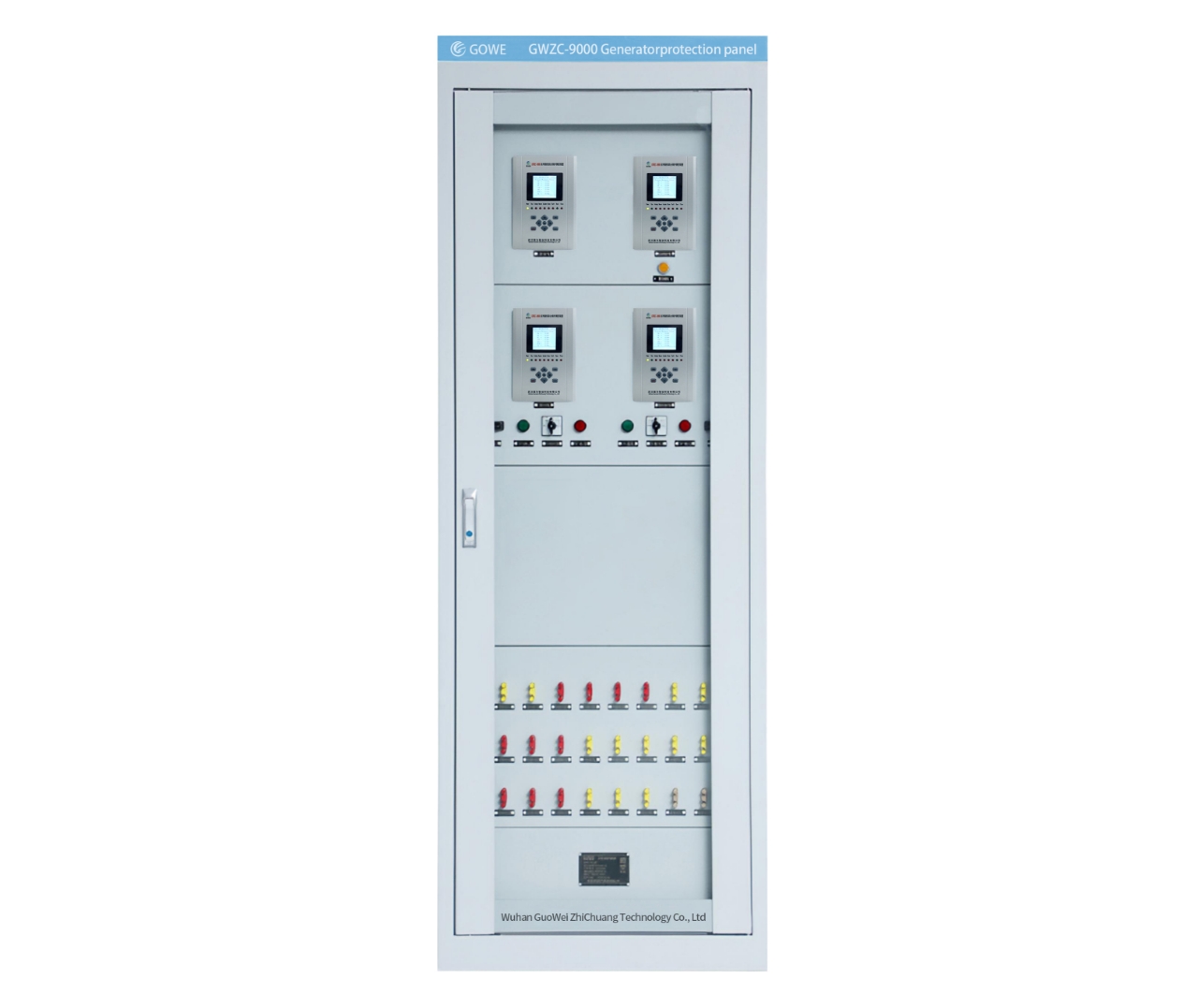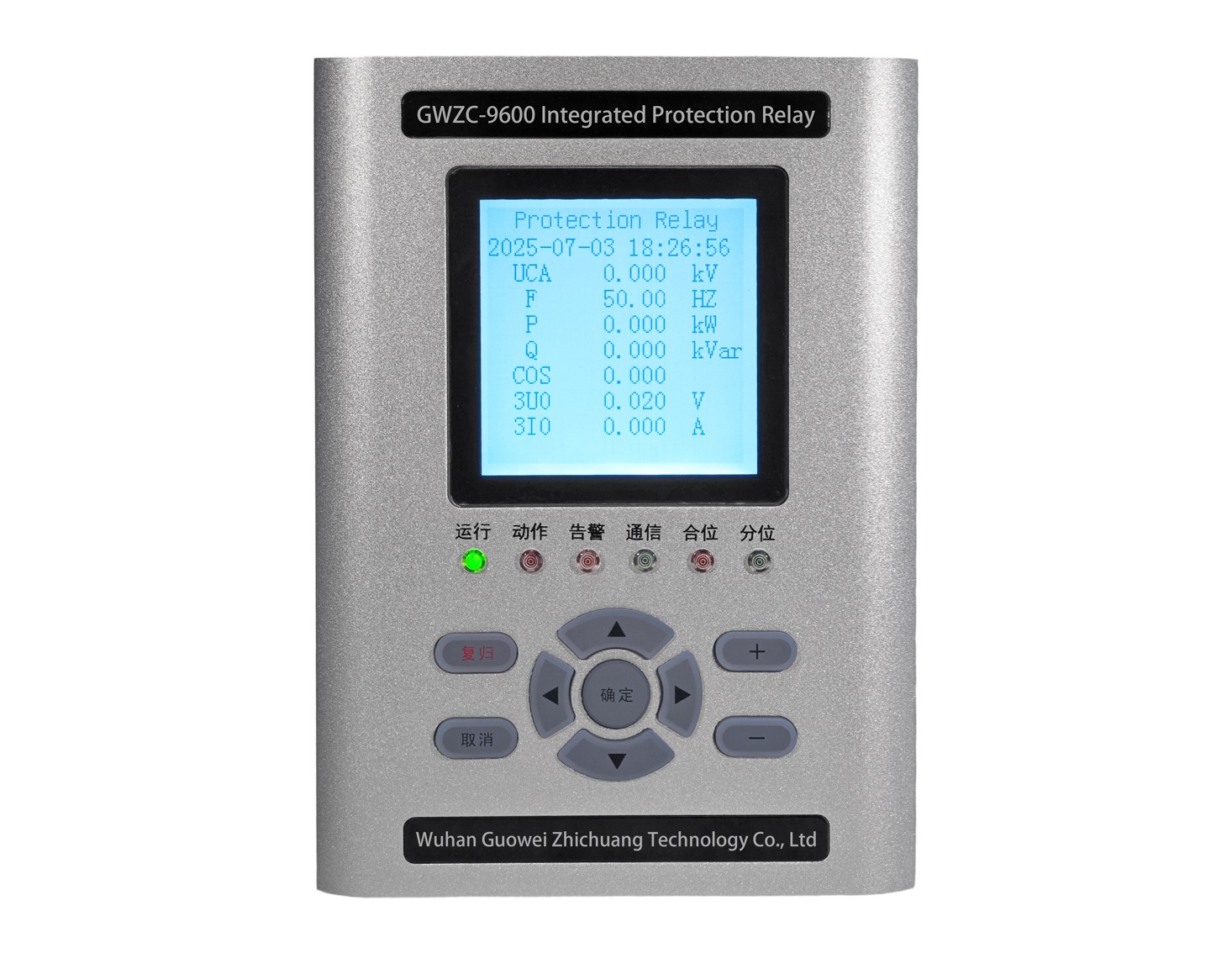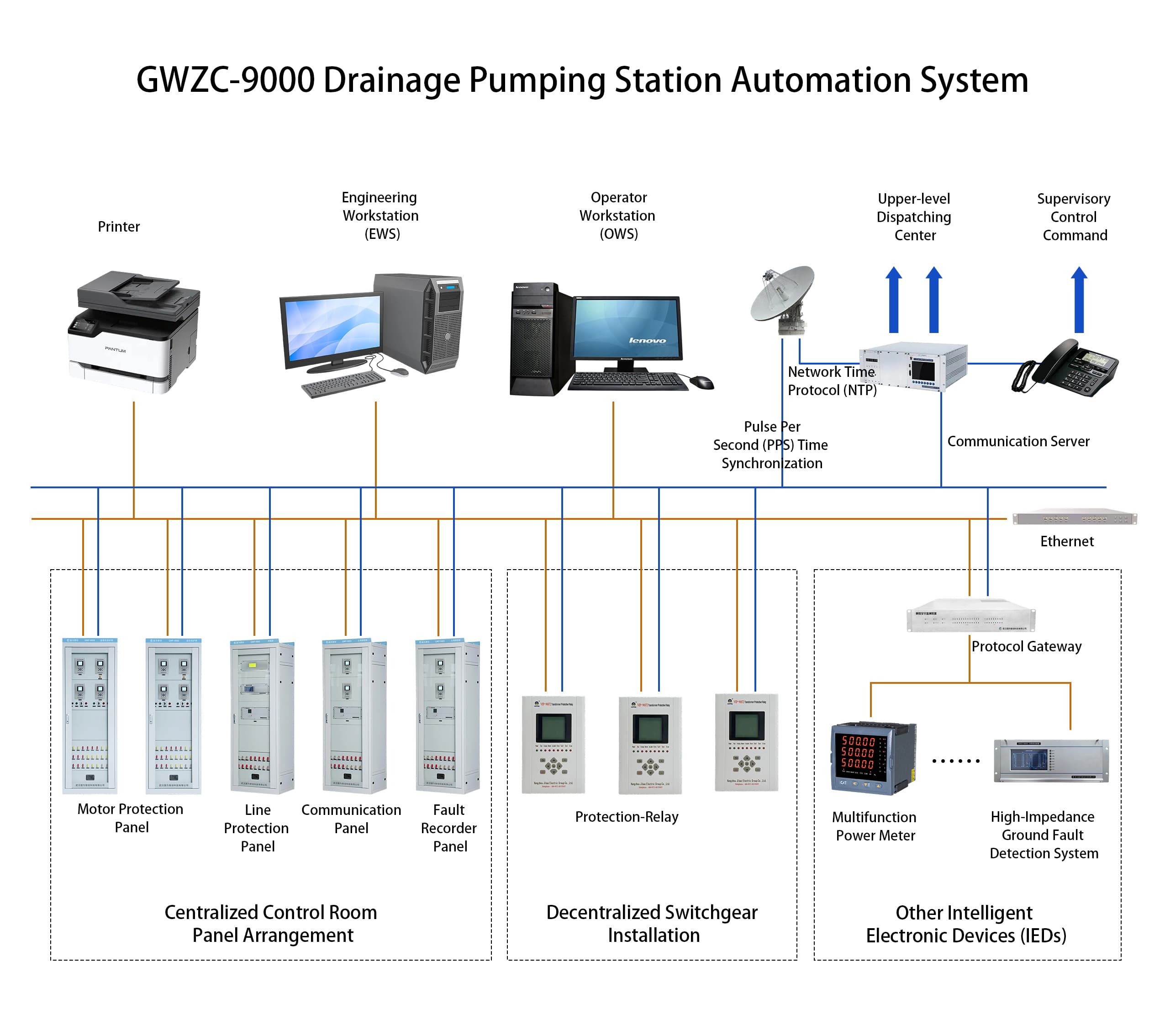

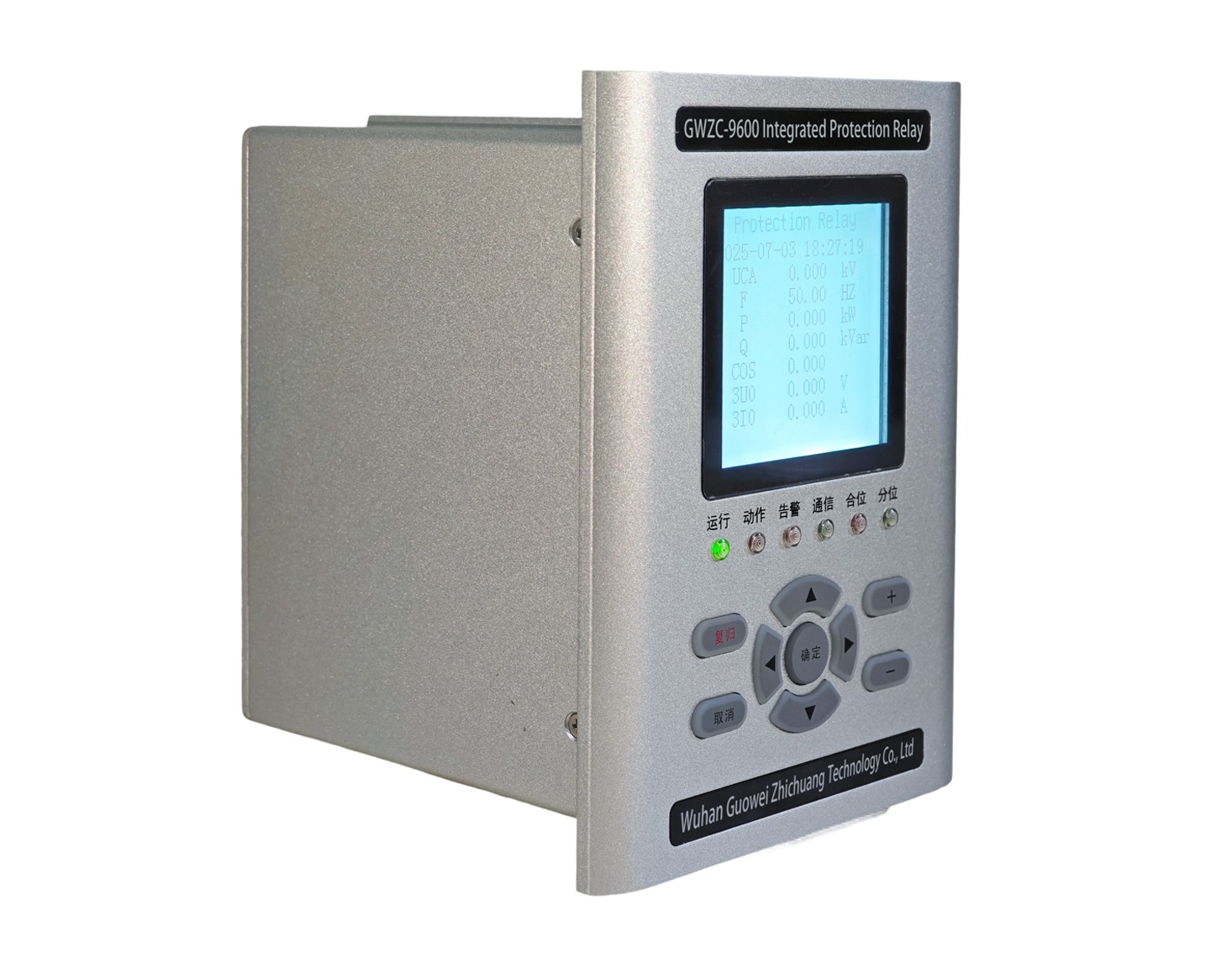
System Overview:The Partial Discharge Online Monitoring System utilizes intelligent technologies such as IoT and smart sensors to monitor the operational status of electrical equipment without power interruption. By employing intelligent sensor technologies—including Transient Earth Voltage (TEV), Acoustic Emission (AE & Ultrasonic), UltraHigh Frequency (UHF), and temperature monitoring—it enables intelligent sensing of the operational conditions of transformers, GIS, switchgear, and power cables.
System Composition:The Partial Discharge Online Monitoring System consists of monitoring software, a monitoring host, sensors, computers, and mobile apps (hardware and software components).
Key Functions:It provides realtime monitoring and analysis of electrical equipment in substations and power plants, enabling timely detection and prevention of potential issues that could lead to equipment failure.
Partial Discharge Online Monitoring System Introduction
To meet the development requirements of nonstop maintenance for G1, transformers, switchgear, and power cables, this system utilizes IoT and intelligent sensor technologies to monitor power equipment under live conditions. Through smart sensor technologies—including Transient Earth Voltage (TEV), Acoustic Emission (AE & Ultrasonic), UltraHigh Frequency (UHF), and temperature monitoring—it enables intelligent detection of the operational status of transformers, GIS, switchgear, and power cables. By employing intelligent diagnostic algorithms and multidimensional comparative analysis, the system performs smart data analysis and equipment condition assessment, providing realtime operational insights, early defect detection, and evaluation of abnormal information and maintenance strategy recommendations. This supports maintenance personnel in decisionmaking, effectively preventing sudden power outages, fires, and personal or equipment hazards.
Partial Discharge Online Monitoring System Composition
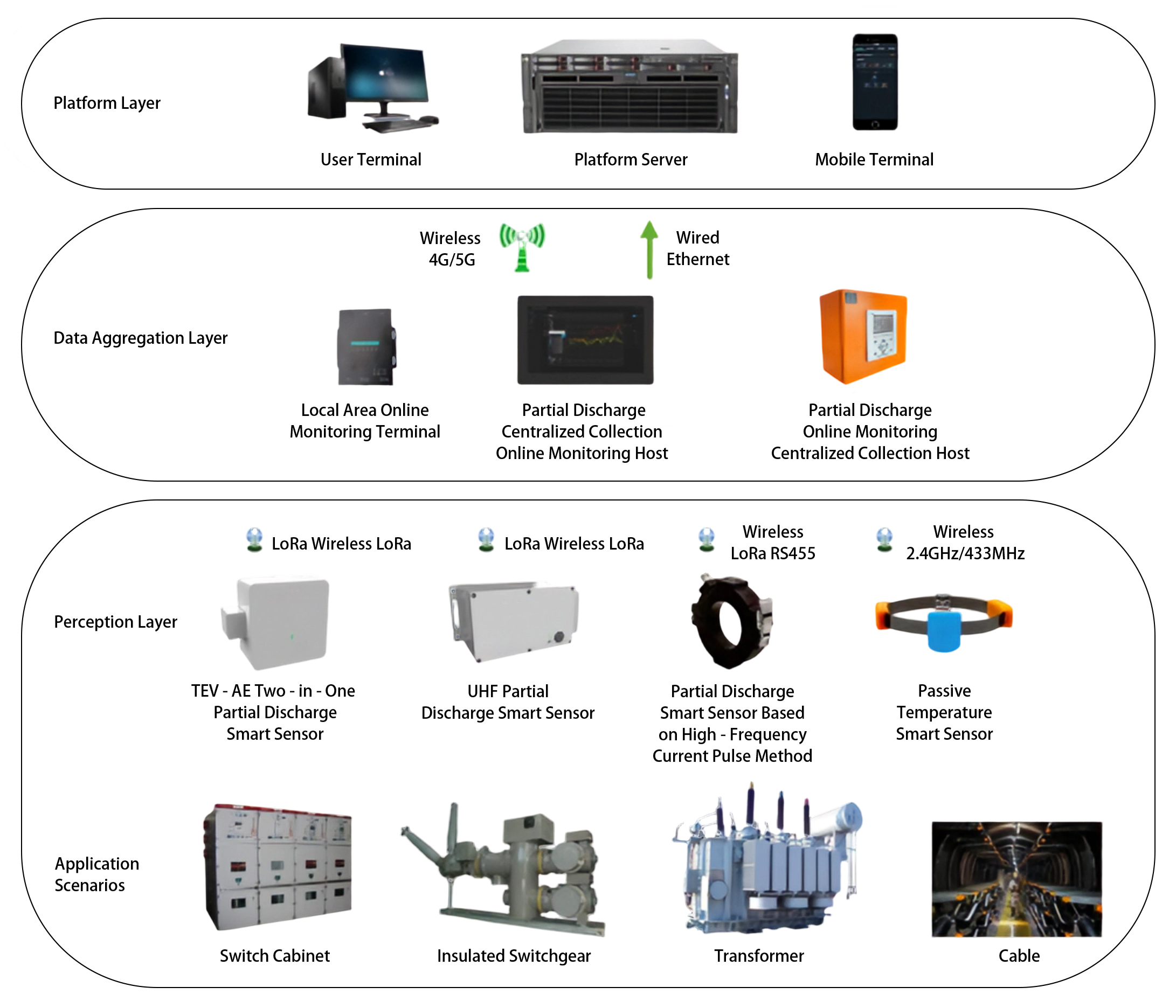
Partial Discharge Online Monitoring System Product Features
Detection Targets: GIS, transformers, switchgear, and cables.
Intelligent Sensing Terminals provide comprehensive detection capabilities by collecting realtime status signals (temperature, ultrasonic, TEV, UHF) via smart sensors:
EdgeComputing & Visual Monitoring Host:
Functions of the Partial Discharge Online Monitoring System Software
The power equipment condition intelligent monitoring system provides support for the condition management and control of power equipment by managing and coordinating various intelligent sensors and intelligent gateways, receiving real-time monitoring data, and intelligently analyzing the data. The software for the power equipment condition intelligent monitoring system can be deployed on monitoring hosts or in cloud platforms according to application scenarios. The system interface is aesthetically pleasing and user-friendly, and includes functions such as Site Overview, Monitoring Data Analysis, Early Warning & Alarm Management, Monitoring Instrument Management, Archive Management, User Center, and System Management:
